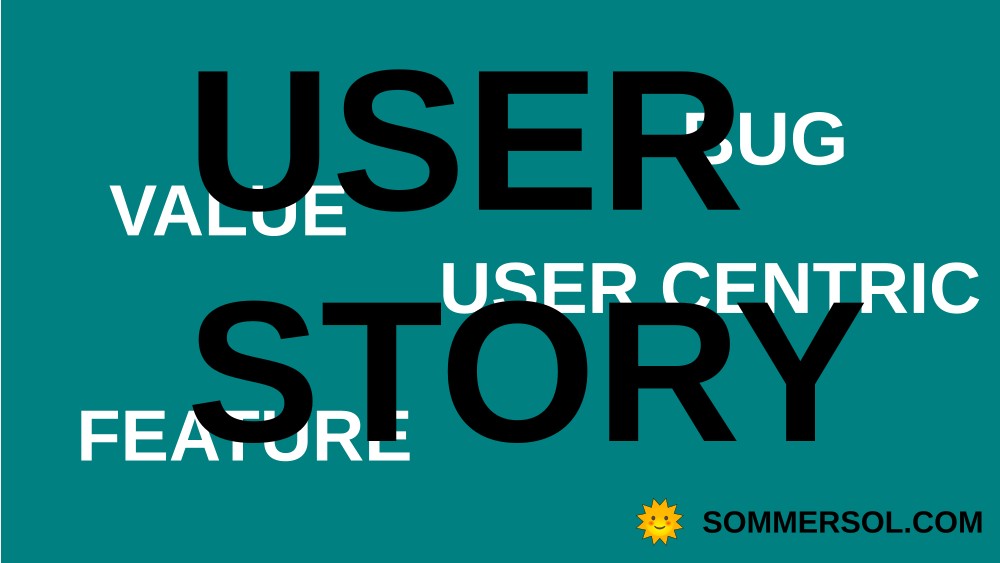
Outcome-Driven Feature Prioritization for Agile Teams | Alfa Sommersol
Learn how focusing on business outcomes instead of features can lead to better decision-making, faster delivery, and more value for your customers.

03.07.2023
Alfa Sommersol
How can one measure the size of an Agile task? Are story points the right answer, or should one opt for the t-shirt size method? Today, we'll be diving into these popular Agile estimation techniques, illuminating the differences, benefits, and ideal scenarios for their application.
Picture: The Card Players by Paul Cézanne - TheMet
Imagine, for a moment, that you're at the helm of a software development project. You're employing Agile methodologies, and you need to estimate the volume and complexity of tasks that your team must undertake. Here, estimation techniques like Story Point and T-Shirt Sizing become indispensable. They break down mammoth tasks into manageable segments, assisting with workload distribution and time management.
Story Point Estimation is akin to slicing a large pizza into smaller pieces. Each piece, or 'story point', represents a segment of the larger task, enabling easier estimation and efficient handling. In Agile projects, these story points, rather than time-based measures, become the yardstick for task assessment. This approach effectively circumvents the common pitfall of using time as a proxy for effort.
Envision a T-Shirt. It's made of a fixed amount of fabric that, when cut into pieces, can be pieced back together to form the original garment. The T-Shirt Sizing method uses this concept, assigning sizes like XS, S, M, L, and XL to tasks, thereby giving a tangible sense of their size and effort level. These abstract sizes can then be mapped to numerical values post-estimation.
Scrum Poker, also known as Planning Poker, adds a twist to the estimation process. Here, every team member independently estimates each user story or task, sparking a discussion to reach a consensus. It's an excellent method to avoid anchoring bias and promote insightful dialogues around task complexities.
While all three techniques share the common goal of task estimation, each presents unique attributes. Story Point Estimations use abstract 'points' as units, while T-Shirt Sizing employs more relatable terms. Scrum Poker, on the other hand, harnesses the collective wisdom of the team, stimulating discussions to achieve consensus.
Choosing the right estimation technique can make a world of difference:
Story Point Estimations are invaluable in quantifying the size of tasks in Agile and non-Agile projects. They offer an approximation of task duration without getting entangled in specific timeframes.
T-Shirt Sizing serves to comprehend the size of the project, providing a sense of the task backlog relative to other projects.
Scrum Poker is best employed when each team member's input is critical, fostering engagement and promoting accurate estimations.
When it comes to actual implementation, each technique has its strengths:
Story Point Estimations shine when assessing individual features, promoting focus on smaller task segments. Instead of rigid numbers, consider utilizing Scrum Poker or Fibonacci sequences for more flexibility.
T-Shirt Sizing excels in quick, informal estimation of numerous items, especially when gauging the volume of concurrent work.
Scrum Poker should be your go-to when collective input is needed for precise project estimations. It promotes active engagement and consensus on task efforts.
In the Agile world, understanding and employing these estimation techniques can dramatically enhance your project management strategy, leading to streamlined processes and increased efficiency.

Learn how focusing on business outcomes instead of features can lead to better decision-making, faster delivery, and more value for your customers.

Learn how to write user stories and prioritize them effectively in agile development, including templates for feature requests and bug reports.

This guide provides valuable insights and tips for anyone interested in understanding the role of a Scrum Master.